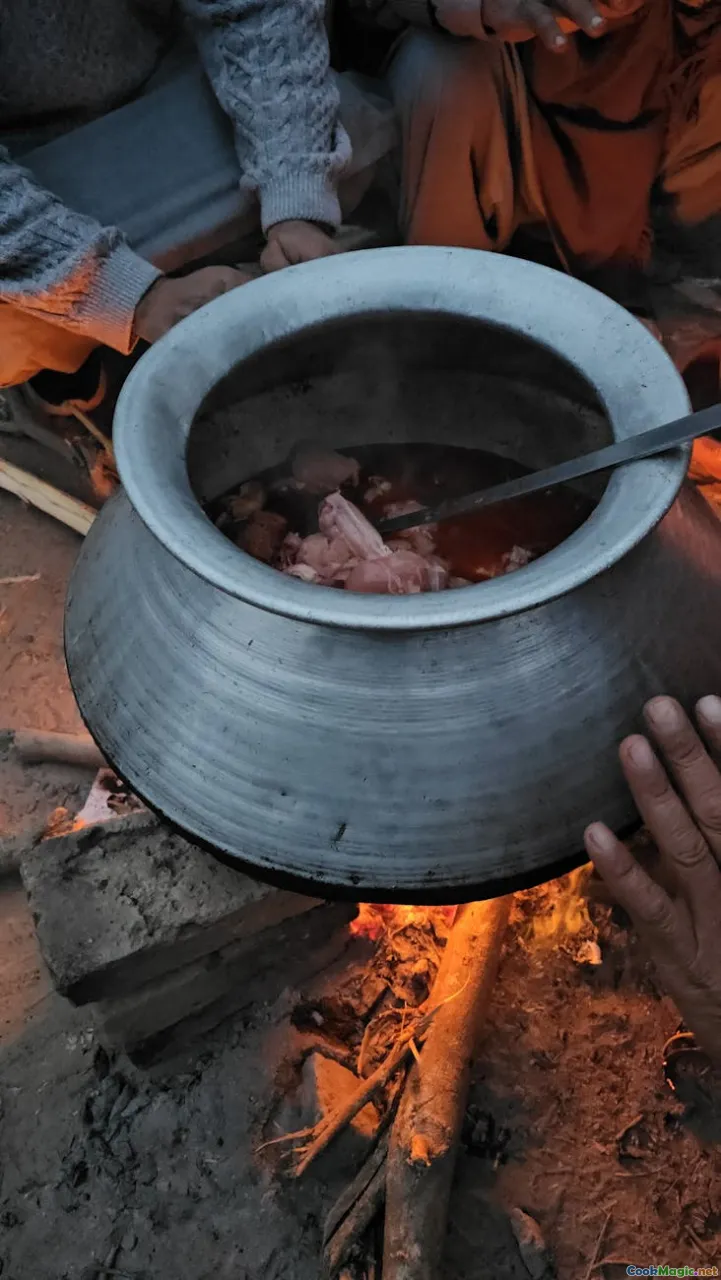Why Sancocho Represents Colombian Community
6 min read Discover how Sancocho embodies the soul of Colombian community, blending history, tradition, and shared moments around a hearty stew. May 02, 2025 03:00
Why Sancocho Represents Colombian Community
Imagine stepping into a bustling Colombian kitchen, where the aroma of simmering herbs, tender meats, and sweet yucca fills the air. The pot bubbling on the stove is more than just a meal; it’s a symbol of unity, tradition, and resilience. This is the essence of Sancocho, a hearty stew that holds a special place in the heart of Colombia—and in its social fabric.
An Introduction: The Heartbeat of Colombian Tables
Sancocho isn’t just a dish; it’s an experience—a communal ritual that brings families, neighborhoods, and friends together. Its very existence is woven into Colombia’s history, geography, and social customs. As I’ve traveled through Colombia, from the vibrant streets of Bogotá to the lush coastal regions of Cartagena, I’ve seen how Sancocho transcends mere sustenance to become a powerful symbol of identity.
The Origins and Historical Roots
The roots of Sancocho trace back centuries, blending indigenous ingredients with Spanish colonial influences. Indigenous peoples in Colombia, like the Tairona and the Quimbaya, relied on local tubers, corn, and fresh herbs. When Spanish settlers arrived, they introduced livestock, spices, and techniques, creating a dish that reflects Colombia’s diverse heritage.
Historically, Sancocho was a humble peasant’s meal—an economical yet nourishing stew made from available ingredients. Over time, it evolved into a dish reserved for celebrations, family gatherings, and community events, symbolizing abundance and gratitude.
The Cultural Significance
A Reflection of Regional Diversity
Colombia’s geography—coastlines, mountains, plains—shapes its culinary landscape. Each region has its variation of Sancocho:
- Caribbean Sancocho often features fish or shellfish, infused with coconut milk, giving it a tropical flair.
- Andean Sancocho leans towards chicken or beef, with hearty root vegetables like yuca, potatoes, and plantains.
- Pacific Sancocho incorporates seafood and indigenous herbs, reflecting the coastal’s rich biodiversity.
This regional diversity exemplifies Colombia’s mosaic of cultures, languages, and flavors—all united in a single pot.
A Meal of Connection and Celebration
In Colombia, Sancocho is more than sustenance; it’s a social event. It’s served during family reunions, community festivals, and national holidays. The act of gathering around a steaming bowl fosters bonds, sharing stories, laughter, and tradition.
Personal anecdote: I recall a festive Sunday in Medellín, where an elderly woman named Rosa invited me to her home. The kitchen was filled with the scent of herbs and simmering meat. As we ladled steaming Sancocho into bowls, Rosa’s family shared stories of their ancestors, each spoonful echoing generations of resilience and hope.
The Cooking Technique
Preparing Sancocho is an art form—slowly simmering ingredients to develop depth of flavor. Typically, it begins with a flavorful broth made from bones or chicken, seasoned with herbs like cilantro, garlic, and onion. Root vegetables and tubers are added early, cooking until tender, while meats are introduced to enrich the stew.
The visual appeal is inviting: colorful chunks of plantains, golden yuca, and green herbs floating atop a rich, savory broth. The texture is a delightful contrast—meaty and tender, with a silky consistency.
Variations and Modern Twists
Today, chefs and home cooks alike are reimagining Sancocho, blending tradition with innovation:
- Incorporating local superfoods like aguacate (avocado) or quinoa.
- Using plant-based proteins for vegetarian versions.
- Adding a spicy kick with local peppers.
Yet, despite these twists, the core remains unchanged—the communal spirit and the celebration of Colombian identity.
Personal Reflection: Sancocho as a Cultural Anchor
For me, Sancocho embodies more than flavor; it’s a living testament to Colombia’s resilience. In times of hardship—be it social upheaval or personal struggles—gathering around a pot of Sancocho offers comfort and continuity. It’s a reminder that, despite differences, we are all connected through shared traditions and the simple act of breaking bread together.
Final Thoughts: More Than Just a Stew
Sancocho is Colombia’s culinary mosaic—layered with history, regional pride, and communal love. It reminds us that food is more than nourishment; it’s a vessel for memory, identity, and belonging. To taste Sancocho is to taste Colombia itself—diverse, resilient, and profoundly united.
So, next time you see a bubbling pot of Sancocho, remember: you’re witnessing a tradition that embodies the soul of Colombian community—an enduring symbol of unity, celebration, and cultural pride.
¡Que nunca falte el Sancocho en tu mesa! — May Sancocho never be absent from your table, for it is more than a dish; it’s a story shared around a warm, steaming bowl.









